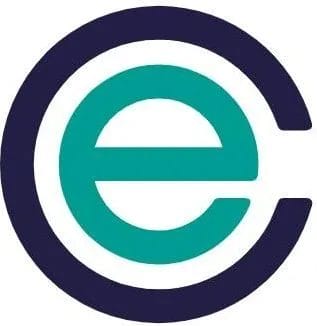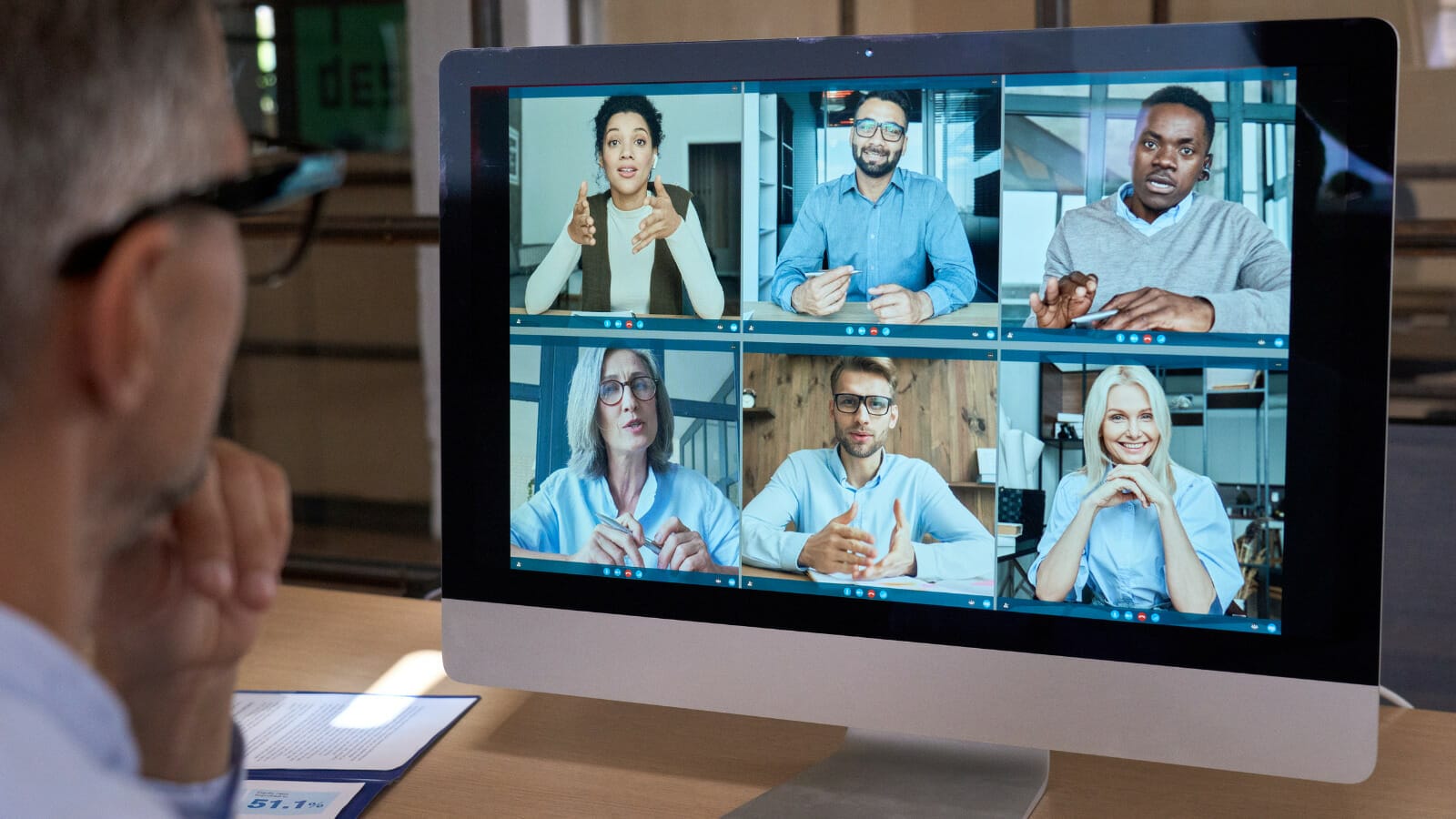
We know that keeping tabs on expenses can sometimes feel like juggling a dozen flaming torches while riding a unicycle. Fear not! We’ve got your back. With the right approach and some nifty tips up your sleeve, you can turn this process into a breeze.
Whether you’re a solopreneur, a small business owner, or simply someone looking to improve their personal expense tracking, we’ve got you covered.
Streamlining your expense management process is critical to paving a smooth road to financial success. By implementing an efficient expense management system, you’re essentially clearing away the obstacles that can slow down your journey towards financial stability an growth. It’s about gaining a clear, real-time view of where your money is going, enabling you to make informed decisions and allocate resources wisely. Moreover, a streamlined process saves you precious time and reduces the chances of errors, ensuring that your finances are in order and compliant with policies. Ultimately, a well-organised expense management system is the foundation for achieving financial peace, whether in personal finances or within the business realm, fostering a culture of financial responsibility and empowerment.
1. Embrace Digital Solutions
Embrace the wonders of technology! Ditch the old shoebox of receipts and step into the future with expense management apps and cloud-based tools. Modern expense management apps like Capture Expense, make tracking and categorising expenses a piece of cake. They offer features like receipt software, automated expense categorisation, and seamless integration with accounting software. Long-story short, they’re like little money-saving fairies that organise your expenses effortlessly.
2. Categorise and Conquer
Channel your inner Marie Kondo and categorise your expenses with joy. Sort them into neat, meaningful categories to easily identify where your money is going. Regularly reviewing your expenses helps to identify trends, cost-saving opportunities, and potential areas for optimisation. Understanding where your money is going can lead to smarter financial decisions. This way, you’ll have a clear view of your spending habits and can adjust accordingly.
3. Set Realistic Budgets
Budgeting doesn’t have to be a daunting task! Set achievable financial goals and allocate specific amounts for various spending categories. It’s like giving your money a purpose, and watching it work wonders within its designated realms. Setting clear guidelines on what expenses are reimbursable and the submission process creates transparency and reduces confusion. Educate your team on the policy to ensure compliance and smooth expense management process.
4. Automate Approval Workflows
Let’s make it simpler, shall we? Set up automatic payments and transfers to ensure bills are paid on time and savings are squirreled away without you having to even lift a finger. Automating the approval process not only saves time but also ensures consistency and compliance. Many expense management tools allow you to set up automated approval workflows based on predefined rules. Companies that automate their approval workflows experience a 25% reduction in processing time.
5. Regular Check-ins and Celebrations
Don’t forget to give yourself a pat on the back for a job well done! Regularly review your expenses, celebrate your process, and adjust your budget if needed. Life is a journey, and so is managing your finances.
6. Educate Yourself
Knowledge is power! Stay informed about financial best practices and keep learning about smart money management. Setting clear guidelines on what expenses are reimbursable and the submission process creates transparency an reduces confusion. Educate your team on the policy to ensure compliance and smooth expense management. In fact, companies with a clearly defined expense policy see a 50% reduction in out-of-policy spending. So keep an eye out! because there are tons of exciting resources out there waiting for you to uncover secrets.
7. Involve Your Team
If you’re managing expenses for a team, collaboration is key! Foster an environment of transparency and encourage your team members to input their expenses accurately and promptly. In general, the longer the delay, the harder it is to remember and accurately categorise expenses.
Incorporating these tips into your expense management routine can significantly streamline the process, save you time, and enhance your financial efficiency. Remember, a smooth expense management process is not just about saving money – it’s about enabling you to focus on what matters most, whether it’s growing your business or enjoying peace of mind in your personal finances. Happy expense tracking!
Ready to revolutionise your expense process?
Unlock the power of expense approval workflows, streamline your expense policy compliance, and experience firsthand how our expense analytics tools can simplify your expense audit. Don’t miss out on this opportunity to shape your future.
Book Your Demo and step into a world of possibilities!










